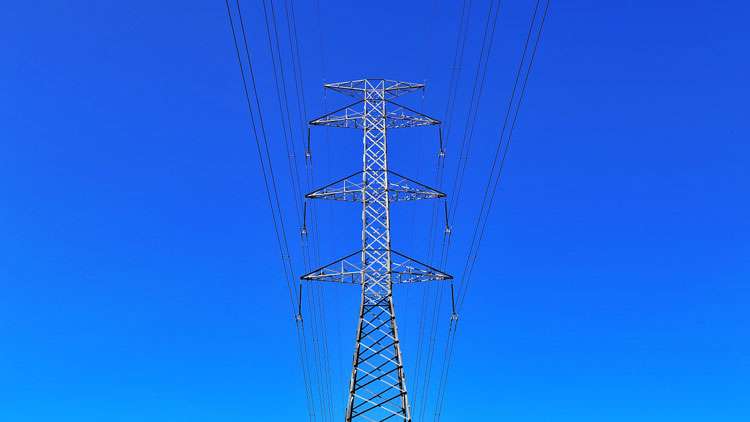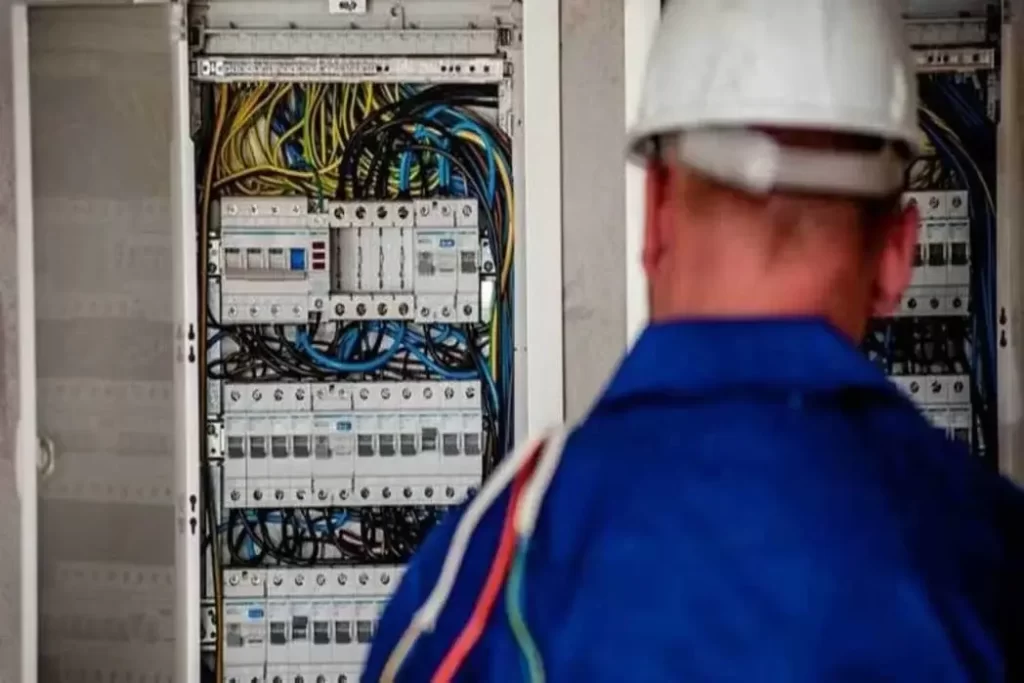Electric motors are a central player of industry and our overall solace in commercial structures. Although we are fortunate enough that these are highly efficient machines however keeping it close to that level of efficiency requires maintenance.
Though the number of electric motors may be impressive it is disadvantageous if it is maintained improperly because if even a small percentage of them are running at poor efficiencies it would lead to very high operational costs.
Electric motors by virtue are highly efficient so, if its efficiency goes down it also indicates that the machine is operating at a poor power factor. These may lead to the motor being saturated which leads to reliability issues. So, it’s important we perform good maintenance of our motors. We at care labs are experts at helping you solve such problems
Alternating current induction machines are the most regularly utilized motors in the Canadian industry. These motors are generally bought in sizes going from 1 to 500 strength. Numerous producers offer motors that are more proficient than the minimum guidelines needed by Canada.
The National Electrical Manufacturers Association (NEMA) has fostered a bunch of standards to recognize high-efficiency motors. These consume less power, are intended for ideal proficiency, and are quality-fabricated motors. They are especially appropriate to be utilized for over 6,000 hours out of every year and circumstances where reliability is basic.
Testing standards:
a)IEEE 112-2004
This standard describes instructions for conducting and reporting the more relevant and acceptable tests for polyphase induction motors and generators. A large number of the tests portrayed might be applied to either motors or generators.
Since polyphase power systems, are generally three-phase systems, the conditions in this standard have been composed explicitly for three stages. At the point when the test is performed on other than three-stage power, the conditions will have to be changed fittingly.
The different techniques for efficiency and loss determination are distinguished as follows:
a)Method A-
Input-output
b)Method B–
Input-output with separation of losses and indirect measurement of the stray-load loss
c)Method B1-
Input-output with segregation of losses/indirect measurement of stray-load loss and an estimated temperature
d)Method C–
Duplicate machines with separation of losses and indirect measurement of the stray-load loss
e)Method E–
Electric power measurement under load with separation of losses and direct measurement of stray-load loss.
f)Method E1–
Electric power measurement under load with separation of losses and assumed value of stray-load loss
g)Method F-
Equivalent circuit with direct measurement of stray-load loss
h)Method F1-
Equivalent circuit with the assumed value of the stray-load loss
i)Method C/F-
Equivalent circuit calibrated per Method C load point with indirect measurement of stray-load loss
j)Method E/F-
Equivalent circuit calibrated per Method E load point with direct measurement of stray-load loss
k)Method E1/F1-
Equivalent circuit calibrated as per Method E load point with an estimated value of stray-load loss.
Guide for the decision of efficiency test strategy:
- The input-output method (Efficiency Test Method A) should be restricted to machines with ratings less than1 kW.
- Horizontal machines rated at 1–300 kW ought to be tested using Efficiency Test Method B, the input-output method with loss segregation.
- Vertical machines in the range of 1–300 kW ought to be tested by Efficiency Test Method B if the machine bearing construction permits. If the bearing construction does not permit Method B testing, Method E, E1, F, or F1 should be used.
- Machines rated higher than 300 kW should be tested by Efficiency Test Method B, B1, C, E, E1, F, or Fl depending on the capability of the testing equipment. When proper test equipment is available, Method B should be selected when the precision and repeatability of these methods are required.
- When practical, load test calibration of the equivalent circuit (Efficiency Test Method C/F, E/F, or E1/F1) provides the data of the level of a full-load test with the simplicity of estimating performance at various loads by solving the equivalent circuit.
b)CAN/CSA C390-10:
CSA Standard C390, Energy Efficiency Test Methods for Three-Phase Induction Motors are set by the Canadian standards organization. It supplants the past version distributed in 1985 and Preliminary standards C390.1 and C390.2, distributed in 1982.
The purpose of this Standard is to indicate test strategies for three-phase induction motors to decide energy effectiveness on the side of an instructive program. This Standard is composed utilizing metric units of estimation as per the International System of Units (SI).
The test techniques nitty-gritty in this Standard for three-stage induction motors are isolated with respect to explicit kilowatt ratings as per the following:
Motors | Tests |
From 0.746 to 37.5 kW at 1800 r/min or equivalent | 1 |
Greater than 37.5 to 150 kW at 1800 r/min or equivalent | 1/2 |
Greater than 150 kW at 1800 r/min or equivalent | 1/2/3 |
A. Method 1:
Input-Output method with indirect measurement of the stray-load loss and direct measurement of the stator winding (12 R), rotor winding (12 R), core and windage-friction losses.
B. Method 2:
Input measurement method with a direct measurement of losses.
C. Method 3:
Equivalent circuit calculations with a direct measurement of core loss, windage-friction loss, and stray-load loss.
Now that you realize the importance of motor starting analysis, you may have realized that this work requires a certain amount of finesse which we at Care Labs will diligently offer. Contact us to learn more information, book a testing date, or get a quote.









